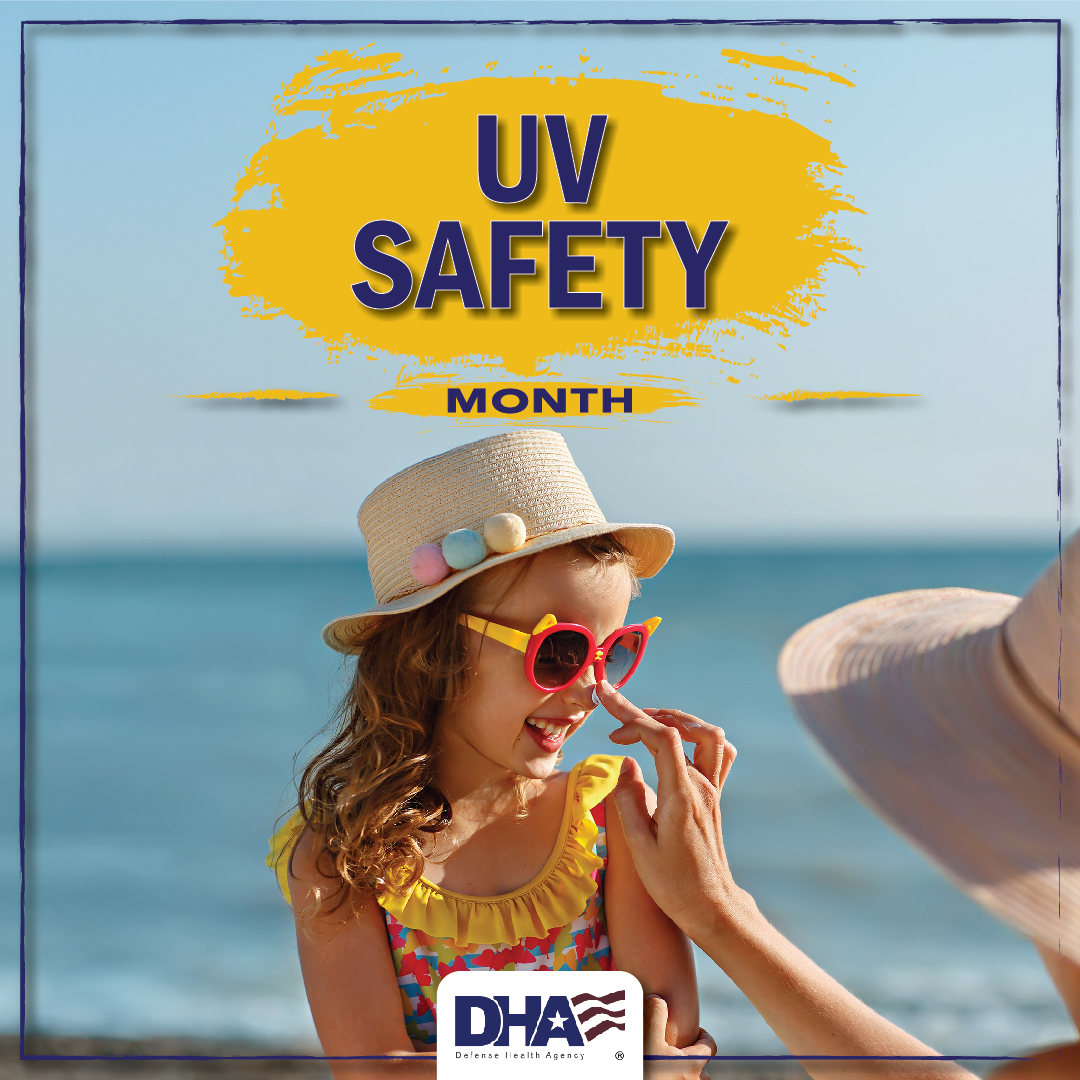Ways to protect your skin as summer heats up
Providence Saint John’s experts provide guidance and recommendations to keep your skin healthy
Beyond the suffering that comes with an uncomfortable, and sometimes unforgiving, sunburn, protecting your skin from the harsh summer sun is important in order to avoid more dangerous and long-lasting consequences.
From melanoma — the most severe kind of skin cancer — to basal cell and squamous cell carcinomas — the most common — overexposure to harmful ultraviolet light can have damaging effects. Although skin protection is important year-round, the summer is a good time to review helpful tips and tricks to help keep your skin safe while you enjoy the outdoors.
The experts at Providence Saint John’s Health Center and Saint John’s Cancer Institute weighed in on the matter and provided the following guidance that everyone should follow to protect their skin.
What are some ways to protect yourself from skin cancer?
• Avoid blistering sunburns by using sunscreen. It also is importance to have an absolute avoidance of tanning beds.
• Use a broad-spectrum sunscreen — at least SPF 30—every two hours when you are in the sun and reapply every half hour if perspiring. If you are just going in and out of the car, you can reapply every four hours. It is important to avoid a sunburn at all costs.
• Apply sunscreen as part of your daily routine — brush your teeth, put on deodorant and put on your sunscreen!
• Wear sun-protection clothing. Rash guards have become a popular option and are great for kids. If you are doing gardening or are in the sun for a long time, wear a wide-brimmed hat.
• Try to stay out of the sun between 10 a. m. and 4 p. m. when the sun’s rays are the strongest.
• Get yearly skin checks.
What is important for teenagers and young adults to know?
The majority of sun exposure in a person’s life happens before they are 25 years old. It is important to have good sun protection habits from the start.
When should a person start doing skin checks?
It’s encouraged that all adults get a skin check once a year. Unlike screenings such as mammograms and colonoscopies, there is no universal protocol about when to start so try to apply common sense. If you are fair-skinned with red or blond hair, you are at higher risk for UV damage and might want to see a dermatologist in your late teens or early 20s.
What can people do to look out for themselves?
Use the ABCDE's of cancer prevention.
A = Asymmetry: Does one side of a mole match the other side?
B = Border: Is it ragged?
C = Color: Is it many different colors?
D = Diameter: Anything above 6 millimeters (the size of a pencil eraser) can be—but isn’t always— worrisome.
E = Evolution and everything else: Are there any changes in color, size or look of the mole?
What kind of skin cancer care can Providence Saint John’s provide?
Through a multidisciplinary team approach, the Center for Melanoma, Skin and Soft Tissue Tumors at Saint John’s Cancer Institute provides individualized and compassionate care that is well supported by clinical experts and researchers working together to develop patient-specific treatment plans. The goal is to restore wellness by applying innovative methods and best-practice models that demonstrate improved outcomes for patients. We are a comprehensive melanoma oncology provider with immediate access to scientific research programs.
Learn more about our institute by visiting saintjohnscancer.org/melanoma or contact us at 310-829-8317 or saintjohnsmelanoma@providence.org.




